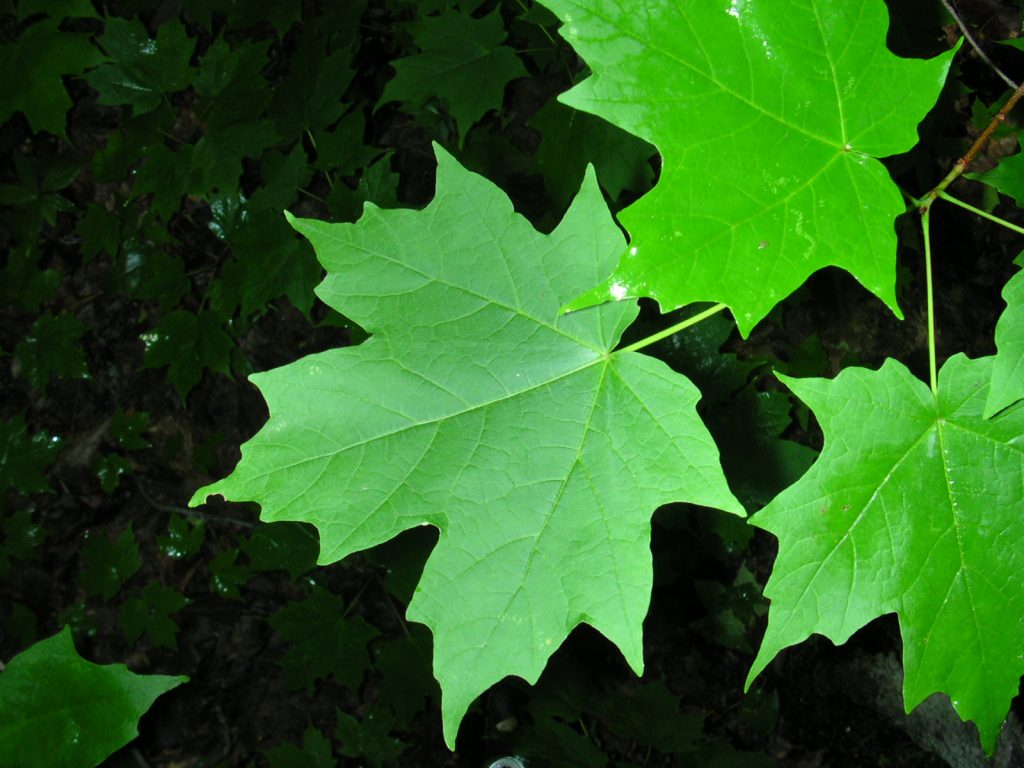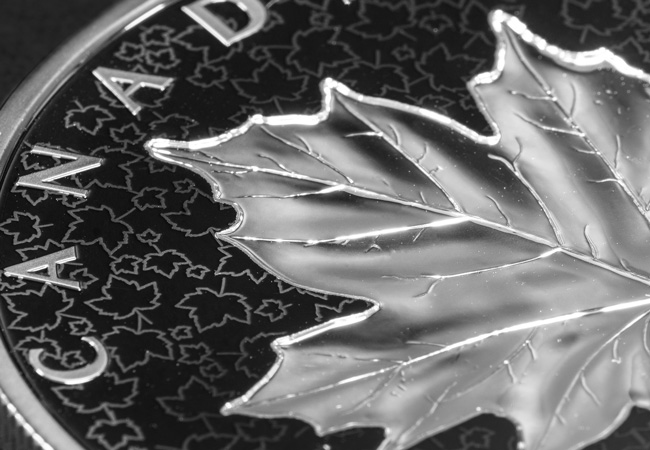The maple leaf, with its vibrant red hue, holds a special place in the hearts of Canadians. Let’s explore its fascinating history and discover why this singular leaf has become an enduring symbol of Canada.
Early Roots
The maple leaf’s symbolism in Canada traces back to the early 18th century when French Canadians relied on the sugar maple tree for sustenance.

Its unique five-lobed design gradually evolved into a symbol of resilience and resourcefulness.
By the early 1700s, French Canadians along the Saint Lawrence River had already adopted the maple leaf as an emblem. Its popularity continued, and in 1834, the St-Jean-Baptiste Association formally adopted it as a symbol of French Canada.
From there, it became increasingly associated with Canadian identity, eventually becoming the well-loved national symbol it is today.
The maple leaf has adorned Canadian coins since the 1850s, even before Canada had its own mint branch.
In 1908, the first official Canadian branch of The Royal Mint opened in Ottawa, later renamed the Royal Canadian Mint (RCM) in 1931.
The Maple Leaf’s Significance
The maple leaf has adorned Canadian coinage since its inception. It remained a constant until the 1-cent coin, featuring a sprig of maple leaves, was withdrawn from circulation in 2013.
In 1979, the Royal Canadian Mint (RCM) introduced the iconic 1-ounce gold maple leaf coins, made of 99.9% pure gold. These coins gained instant popularity due to their high purity and consistent quality. New issues (1/4-ounce and 1/10-ounce) followed in 1982, with an even higher gold purity of 99.99 per cent.
Throughout the 1800s, the maple leaf inspired poems, songs, and artistic expressions. Montreal’s first mayor, Jacques Viger, hailed it as “the king of our forest” and the symbol of the Canadian people.
Conn Smythe, the visionary behind the Toronto Maple Leaf hockey team, knew the leaf’s significance. He chose it as their emblem, drawing inspiration from Canadian soldiers who wore it during World War I. To Smythe, the leaf embodied honour, courage, and unwavering pride. Little did he know that it would become synonymous with Canada’s national identity.
Silver and Platinum Maple Leaf Coins
Inspired by success, the Royal Canadian Mint (RCM) expanded its offerings. In 1988, it introduced silver and platinum maple leaf bullion coins.
Silver maple leaf coins have a stalwart presence in the numismatic market. Since their introduction in 1988, they’ve maintained their allure and popularity.
The Platinum edition coins, on the other hand, have experienced a more dynamic journey.
Beyond its natural beauty, it represents resilience, unity, and the enduring spirit of a nation. As the flagship coin of Canada, it’s a must-have for anyone building an international collection.

Whether you favour silver’s stability or platinum’s intrigue, both coins offer a unique blend of beauty and investment potential. Consider them part of a diversified portfolio rooted in Canadian heritage and global appeal.
Whether you’re a seasoned collector or a curious newcomer, explore the world of maple leaf coins by clicking here —they’re more than mere currency; they embody the essence of Canada’s spirit.